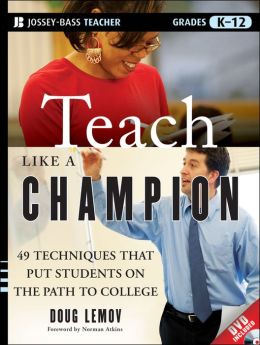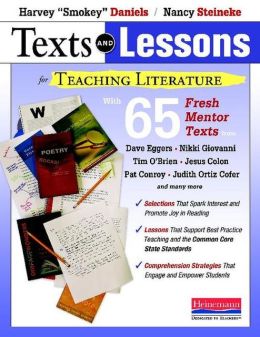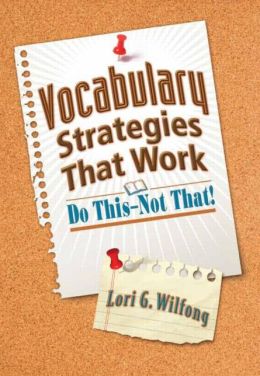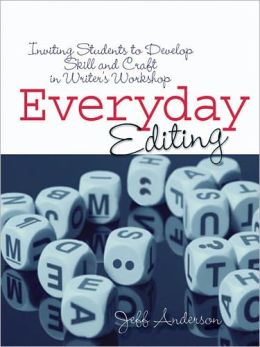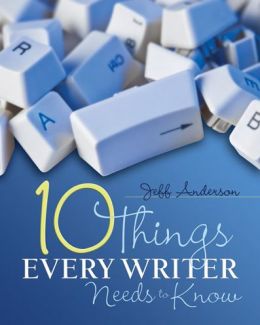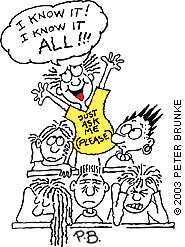 Today was day two of my lesson over "The Tell-Tale Heart." Yesterday was all about modeling and explicit teaching. I built upon our Contrasts & Contradictions and Sketch to Stretch lessons, then added in the new signpost, Again & Again.
Today was day two of my lesson over "The Tell-Tale Heart." Yesterday was all about modeling and explicit teaching. I built upon our Contrasts & Contradictions and Sketch to Stretch lessons, then added in the new signpost, Again & Again. I am always concerned when I start a new text with close reading strategies. I went through the first three paragraphs one at a time, and I was afraid that it was going to take away from the overall suspense of the story. Wrong! It actually seems to have helped. By the end of class, there were a number of comments from the kids regarding what was going to happen next and how much they wanted to continue the story.
The text itself also led to some confusion with Contrasts & Contradictions that I was not expecting. Because the narrator is already doing things that are contrary to our personal selves, some of the students were having difficulties identifying the CCs. My informal assessment of the situation is that they were overthinking it, but it was something to note for future reference.
Today we started collaborative work on identify CCs and AAs. The students listened to a chunk of the text (through the murder), focused on identifying the elements we have been focused on. Right away, I knew there was an issue. As I walked about the classroom, I saw that the only thing being noted on the text was the vocabulary words.
The first thing I did was address comprehension issues. We went through a simple who/what/when/where/why routine to make sure they understood the text to be able to identify the elements. No big issues. I did have to explain the difference in mattresses from the mid-1800s until now, but that certainly didn't impede their ability to locate information.
In reflection, I think I need to allow them to listen/read first, then go back and listen/reread a second time. I believe I was asking them to do too much at the same time. Or maybe they were simply engrossed in the story.
Their next step was to work with their groups to discuss what they had (had not) identified and add it to their reading log. As they worked together, I wandered the classroom, stopping to ask and answer questions.
On the positive side, some of the students made Contrast & Contradiction connections that I had not even considered. For example, one student noted that despite the narrator's attempts to be stealthy, slow, and cautious, when it came to the actual murder, he leaped into the room. The student determined that this went against everything the character had done up until that time. (I <3 when I learn from my knuckleheads.)
I also noted that there were some great conversations taking place, even when the kids were not quite getting the particular skills. The groups were debating ideas and why they did or did not work. Oh my gosh! Students focused on the actual lesson! A group of my girls was very interested in the narrator's discovery of his own powers.
Of course, we also had some negatives. I did an informal assessment on the work they did today to determine if they were understanding what I was asking them to do. These are some of the issues I saw:
- The kids were easily able to recognize the Again & Again moments, since "TTH" is full of it. Explaining it, however, is not going well. The focus question for AA is, "Why does this keep showing up again and again?" Most of the responses stated that a word or phrase was repeated by did not address the why.
- There were also some issues regarding specificity and clarity. Take the following example. I discussed this with the group. They explained their idea in great detail. When it came to putting the thought on paper, some details were left out.
The next step in my lesson is to have them create individual entries to show understanding. I do not think we are ready for that yet. When we pick back up with the lesson, we will need to return to their notes from today and work on elaboration and clarification, a skill we just used for our personal narrative. I will use some of their examples to model my expectations and allow them to make revisions to their work. The students who caught on quickly and completed exemplary work will become my back-up teachers (I do this frequently).
Despite the negatives, I feel we are headed in the right direction. This was new for them, but it is also new for me. Today's work showed me where I can be more explicit in my own teaching to create an even better learning experience.




